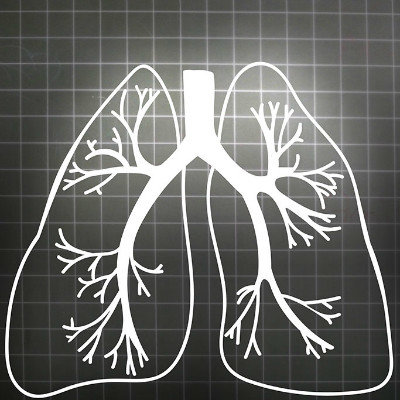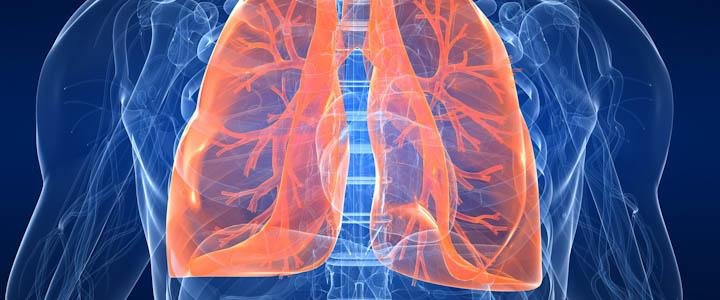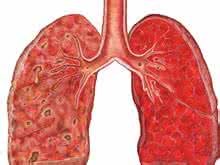What is pulmonary ventilation dysfunction?
summary
What is pulmonary ventilation dysfunction? Pulmonary ventilation function is a dynamic index to measure the process of air entering alveoli and exhaust gas discharging from alveoli, which contains the concept of time. The commonly used analysis indexes include resting ventilation, alveolar ventilation, maximum ventilation, time vital capacity and some flow rate indexes. ① It can be used as a diagnostic reference or to estimate the severity of some diseases. ② To judge the type and degree of ventilation dysfunction, to assist in the diagnosis of clinical diseases, to identify the labor ability, and to evaluate the therapeutic effect of disease treatment.
What is pulmonary ventilation dysfunction?
The open examination is suitable for large-scale screening and general survey at grass-roots level. The patient was placed in the upright position and connected with the swelling meter. After 4-5 times of calm breathing, the patient repeated breathing for 12 seconds or 15 seconds with the fastest breathing speed and maximum breathing amplitude. The required number of breathing was 10-15 times. Repeat after a 10 minute break. In order to make the determination successful, it is necessary to fully explain to the subjects in advance, issue timely instructions to the subjects in the determination process, and continuously guide and encourage them to obtain the best results.

During exhalation, buccal bulge and lip contraction, weakness of Qi and blood, injury above tracheal carina, shortness of breath after activity, lung involvement, chest breathing, decreased lung volume, mediastinal lesions, pulmonary valve stenosis, murmur, pulmonary fibrosis, food allergic asthma, neonatal atelectasis, radiation pneumonitis, obstructive emphysema, pulmonary artery stenosis, asthma, bronchitis, childhood asthma, Polio, lung abscess.

Decreased alveolar ventilation: it was found in chronic obstructive pulmonary disease, pneumonia, atelectasis, anesthesia, myasthenia gravis and other ventilation insufficiency diseases. Blood gas analysis showed type II respiratory failure and respiratory acidosis; Increased alveolar ventilation was found in ketoacidosis, hysteria and hyperventilation syndrome. Blood gas analysis showed respiratory alkalosis.

matters needing attention
Preparation before examination: (1) before examination, we should explain the examination methods and essentials to the subjects in detail, and do adaptive training. (2) before the measurement of resting ventilation, it is necessary to have a rest and be completely in the basic metabolic state. The surrounding environment should be quiet and the breathing should be stable. The examination requirements: (1) because the dead space volume can not be measured directly, the dead space volume can be calculated by measuring minute resting ventilation volume and partial pressure of exhaled CO2, so as to obtain alveolar ventilation volume. PaCO2 is often used to reflect whether alveolar ventilation is adequate or not. (2) due to the difference of measurement methods and instruments, and the difference of the degree of cooperation between subjects, the normal range of maximum ventilation is very large. It is generally expressed as a percentage of the estimated value ± 20% as normal range. (3) forced vital capacity (FVC) and maximum mid expiratory flow (MEBF) were influenced by the degree of forced expiratory during examination, and the former had a greater influence. (4) the gender, age, height and muscle strength of the subjects may affect the above examination results. Unsuitable population: those with severe cardiopulmonary disease and weak body. Mental disorder or poor cooperation.















